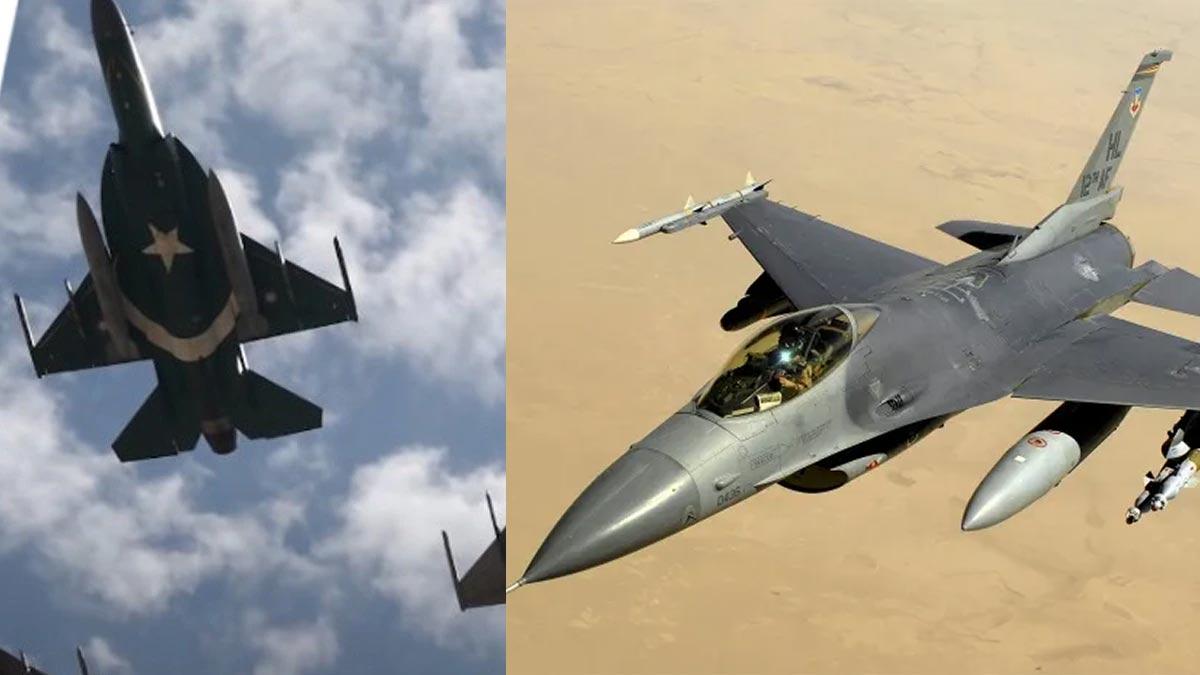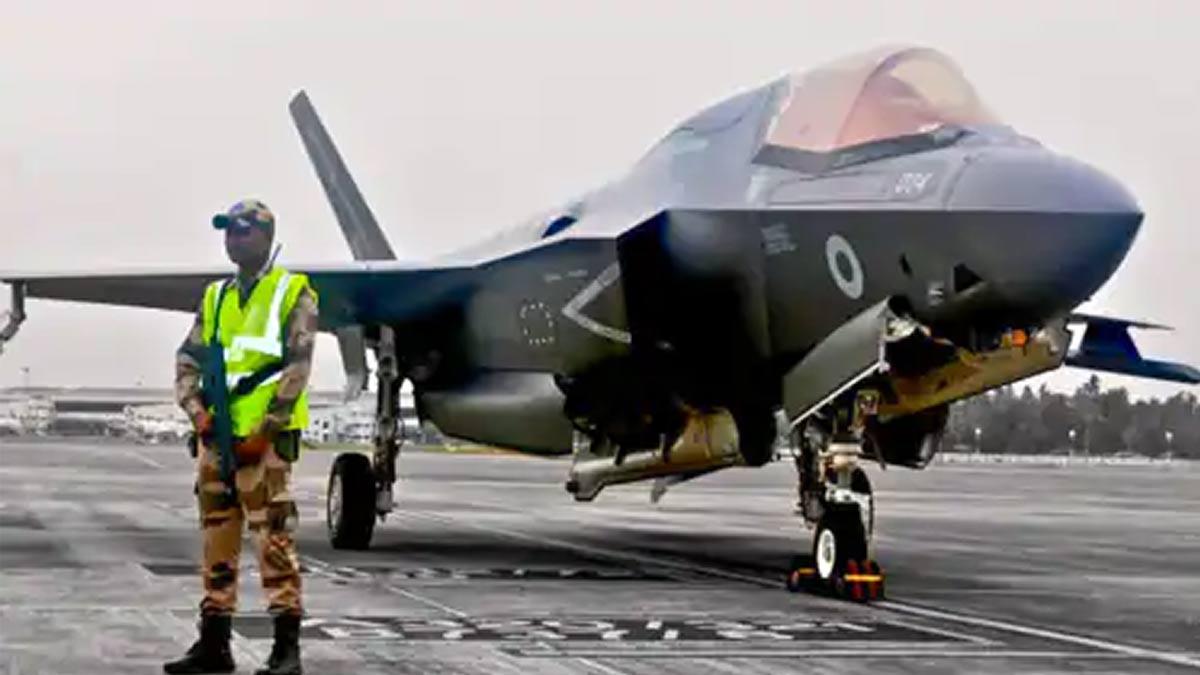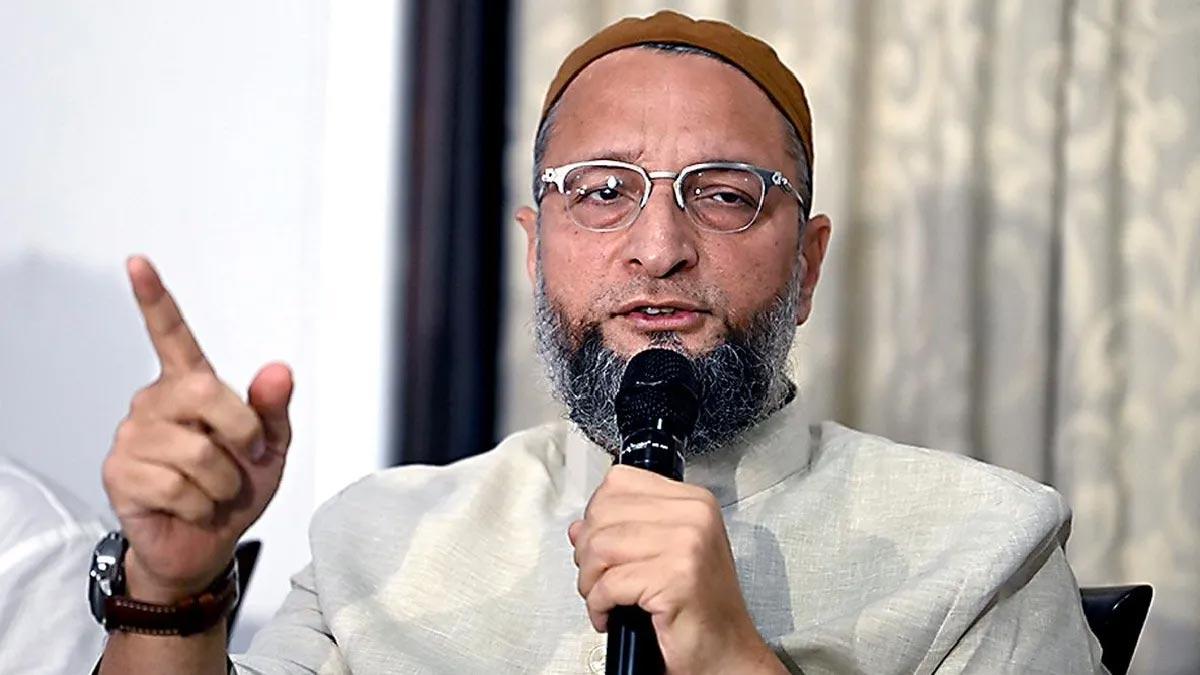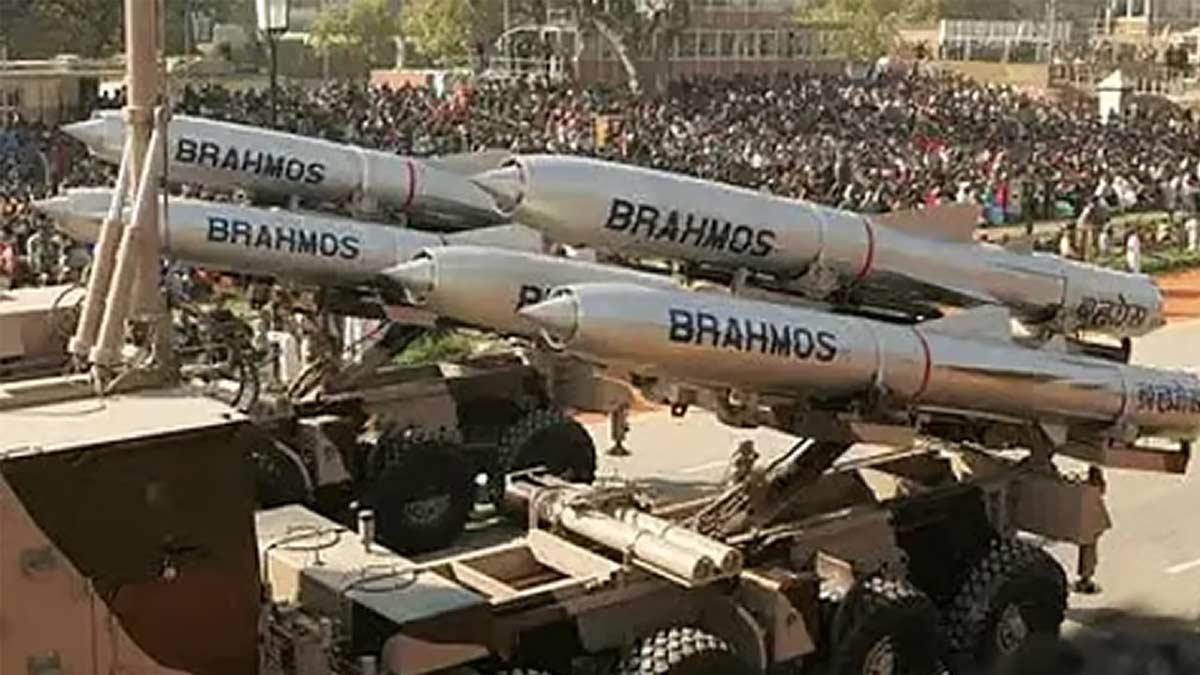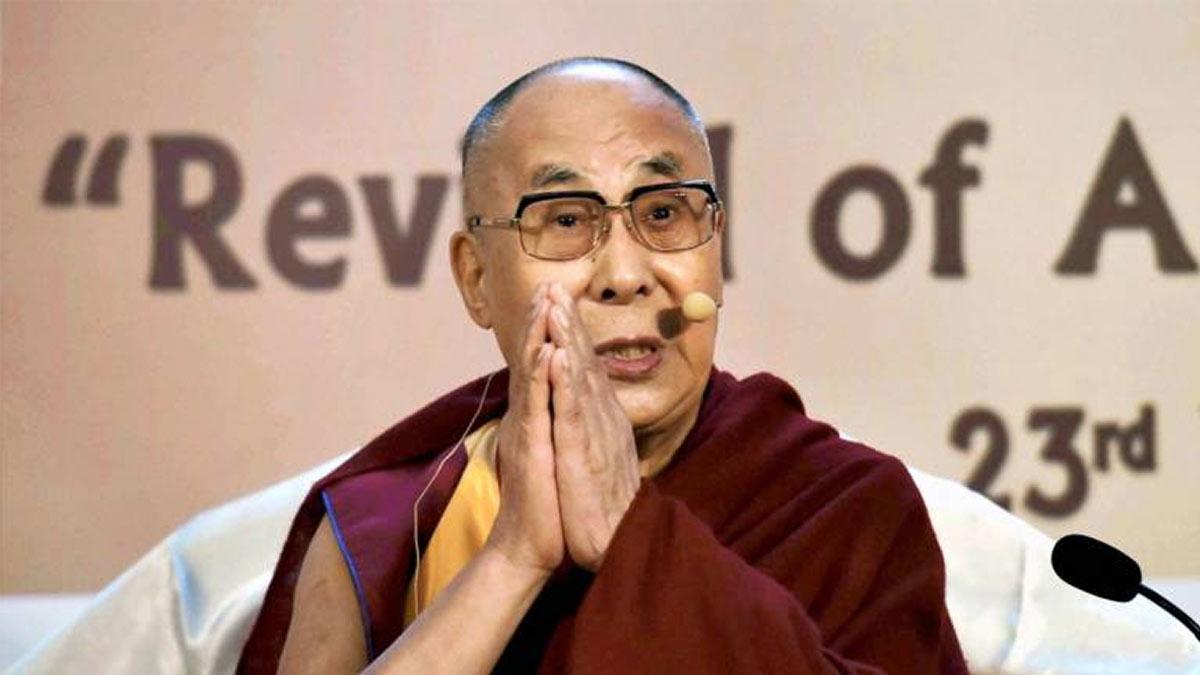In Operation Sindoor, India successfully shot down multiple advanced fighter aircraft of the Pakistan Air Force, a senior officer of the Indian Air Force (IAF) confirmed.
The IAF is presently studying technical information to ascertain the hits, with a senior officer of the force stating that, while there were combat losses on the Indian side, all fighter pilots are back safe and sound.
Air Marshal AK Bharti, Director General Air Operations, said, "We don't possess the wreckage since their (PAF) aircraft were blocked from entering our territory. However, we have destroyed a couple of aircraft. I possess the numbers, and we are coming to the technicality to make it stand.". But I would not like to disclose the figure at this moment." He also stressed that the details regarding the number of planes shot down would not be released right away, since the situation is still ongoing.
Bharti, who was accompanied by Lieutenant General Rajiv Ghai and Vice Admiral AN Pramod, addressed the media regarding Operation Sindoor, India's direct military reaction to the April 22 Pahalgam terror attack, which claimed the lives of 26 people.
While being asked about IAF losses, Bharti accepted that there will be losses in combat operations but refrained from commenting on the number of aircraft lost since such information could provide strategic benefits to the enemy. "We are in combat situation; losses are part of combat," Bharti replied. He underlined the success of the operation with the fact that goals, including the destruction of terrorist camps, were fulfilled. "The question you need to ask yourself is whether we have succeeded in our mission of decimating the terrorist camps. The answer is a resounding yes, and the dividends are there for the world to witness," Bharti further stated.
These words were a day after India and Pakistan agreed to stop all military operations, ending four days of heavy fighting along the western frontier. But the ceasefire was breached by Pakistan shortly afterwards, and India retaliated strongly.
Lieutenant General Ghai and his Pakistani counterpart spoke on the hotline to seal the agreement on the end of hostilities, but there were violations with cross-border firing and drone incursions. Ghai condemned these actions, saying, "Disappointingly, and should I add expectedly, it took only a couple of hours for the Pakistan Army to violate these arrangements." India issued a stern warning to Pakistan through the hotline that any further violations would elicit a strong reaction.
On Sunday, Indian Army commanders were authorized by General Upendra Dwivedi to take necessary action against any breaches. Ghai stated that 35-40 Pakistani troops were killed during the border skirmishes, while India lost five soldiers. The encounter was the worst confrontation between the nuclear-armed nations in decades.
Operation Sindoor began on Wednesday with India's precision strikes on nine terror camps in Pakistan and PoK, killing more than 100 terrorists in a 26-minute operation. "It was planned with a clear military objective to punish the perpetrators and planners of terror and to eliminate terror infrastructure," Ghai said. The operation chose targets with care based on their layout, structure, and terrain to make precise strikes.
After the operation, the IAF and other arms of the military coordinated with each other to improve defense strength, including air defense and electronic warfare capabilities. Ghai stated that coordination between the IAF and Army was essential in communicating a strong message of deterrence to Pakistan.
While India's troops exercised restraint during the conflict, Ghai stated that any attempt to undermine India's sovereignty would be responded to with firm action. "But any threat to the sovereignty, territorial integrity or safety of our citizens will be met with decisive force," he added.
In the case of Pakistan's probable use of the ceasefire to strengthen its war reserves, Ghai was unperturbed by India's preparations, saying, "I am only worried about what we will do. We have a roadmap, and we will stick to it to the letter."
Indian Navy, led by Vice Admiral Pramod, also had an important role during the crisis. The navy exercised a strong deterrent presence at sea, which largely helped in forcing Pakistan to seek a ceasefire. Pramod emphasized the combat readiness of the Navy's assets, stating, "Along with kinetic actions by the army and IAF, the overwhelming operational edge of Indian Navy at sea contributed towards Pakistan's urgent request for a ceasefire."
In response to the Pahalgam terror attack, the Indian Navy’s carrier battle group and other forces were deployed to sea with full combat readiness. The Navy’s actions, including precision weapon firings, ensured India’s preparedness to strike any potential targets at sea or on land, including Karachi.
Read also| DGMO: Pakistan Army Suffered 35-40 Casualties in Indian Strikes
Read also| Pahalgam Attack a Tragedy for Judiciary, Says Justice BR Gavai

